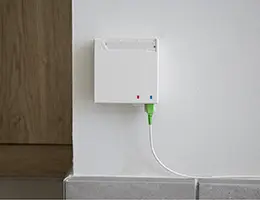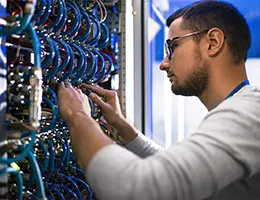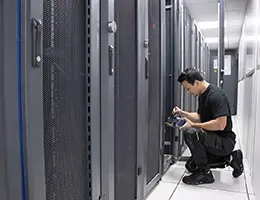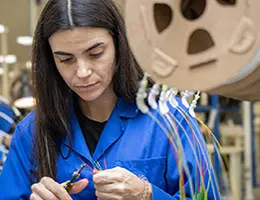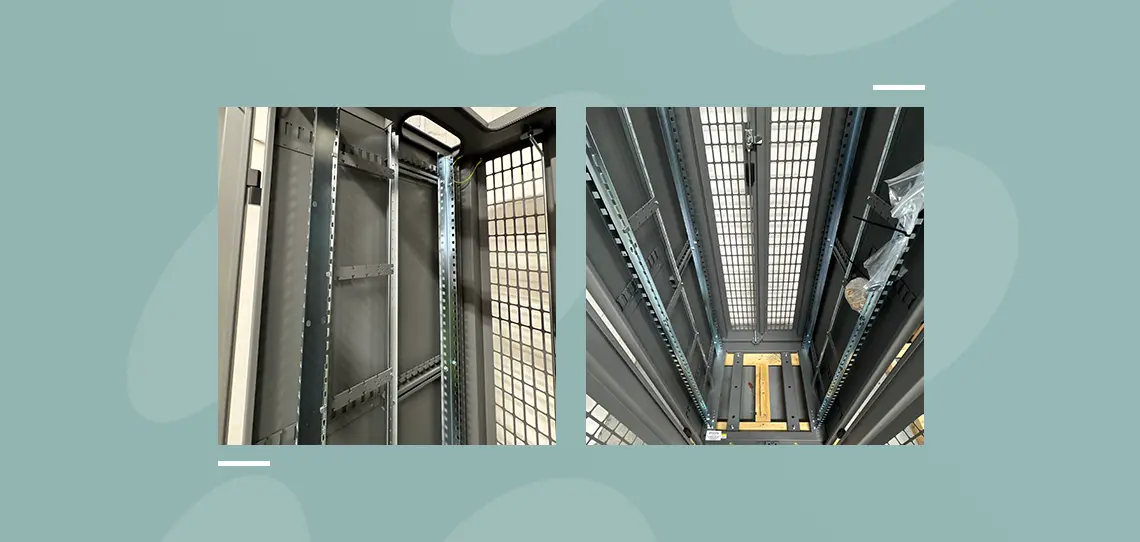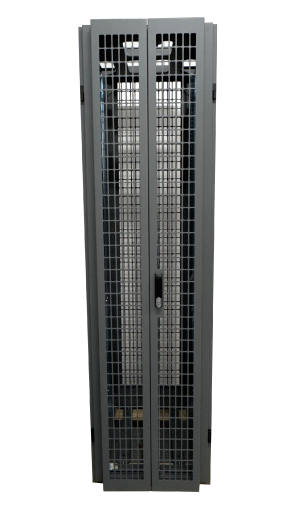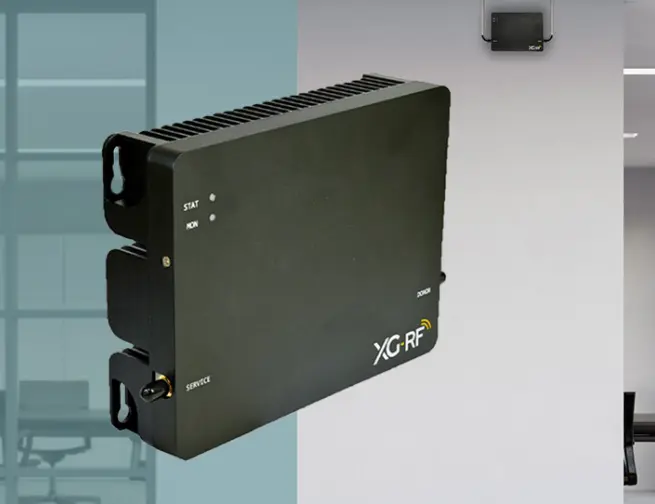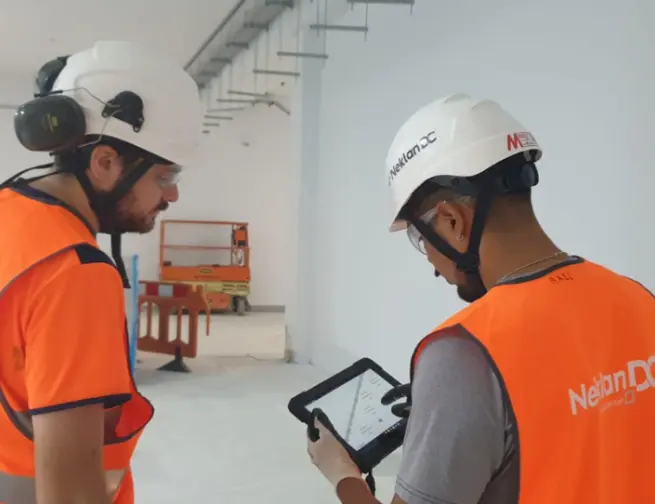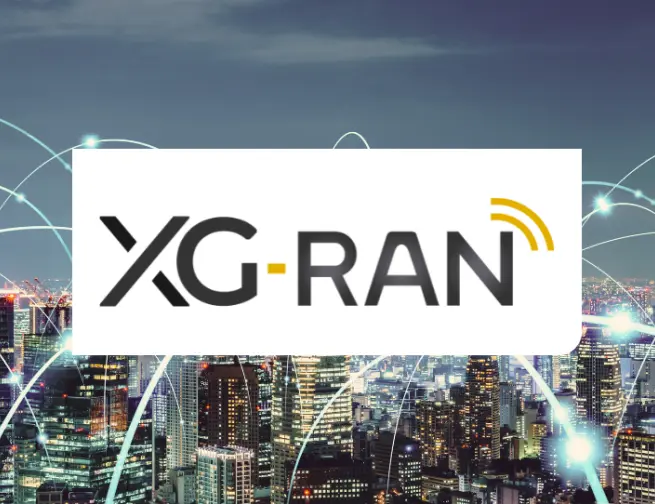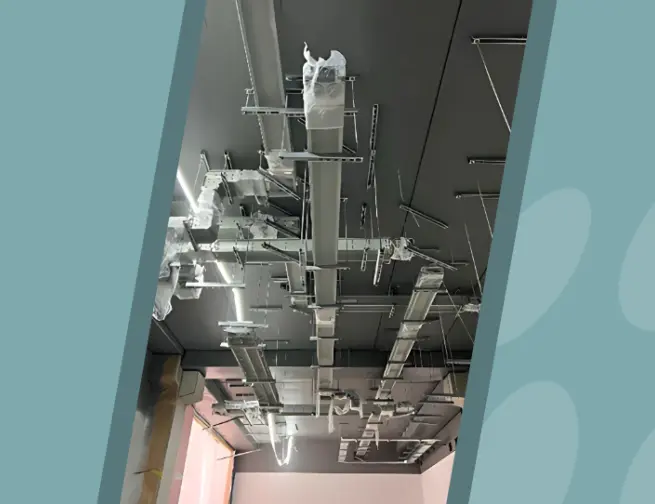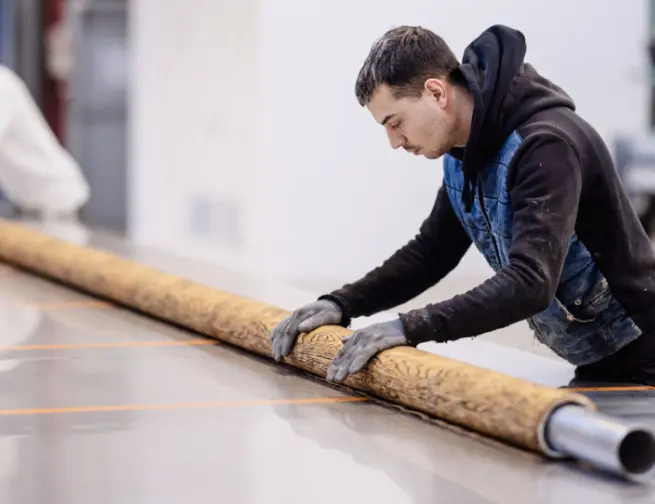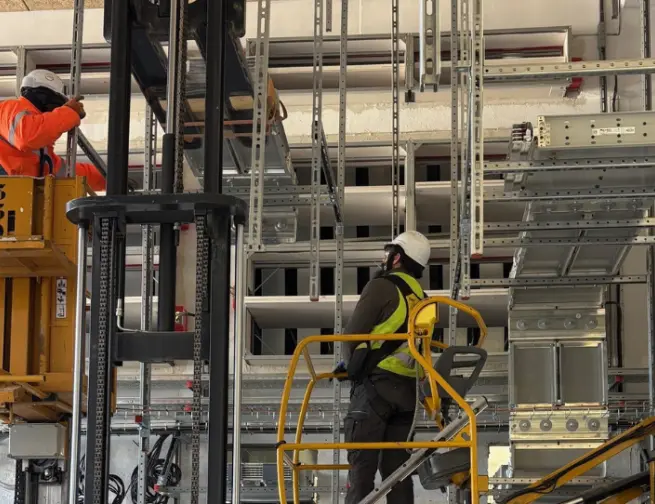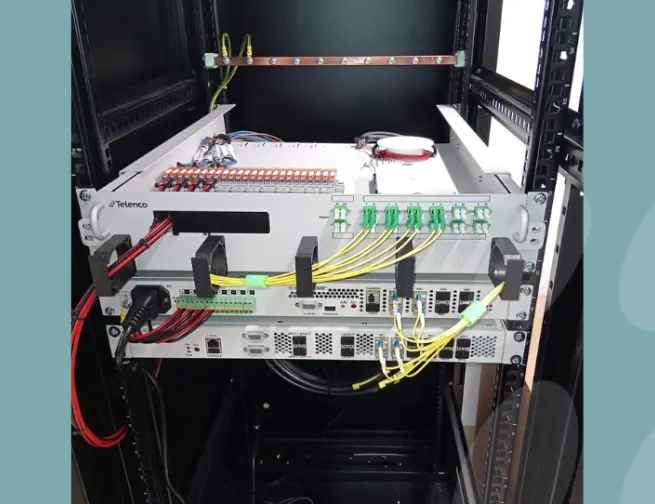Supporting high-capacity interconnection at CLS
As CLS environments evolve to accommodate higher data rates and expanded connectivity, the Rainford rack is designed to seamlessly host the critical elements of a Data Center Interconnect (DCI) infrastructure. It supports integration with equipment such as coherent optical transponders and compact platforms like Ciena’s Waveserver Ai, which deliver up to 2.4 Tb/s in a single rack unit.
The rack’s open top and base architecture enables high-density cabling from both subsea and terrestrial pathways, allowing for clean segregation and simplified routing. This configuration is key when managing large volumes of patchcords or cross-connects in tiered network designs.
Whether handling long-haul links to core data centres or short-reach connections to metro and edge nodes, the Rainford rack’s modularity and high-capacity cable support make it ideally suited for the demands of CLS operations. It provides operators with a scalable platform that adapts to the increasing need for bandwidth and physical consolidation.
Sustainable manufacturing and compliance
In addition to its technical performance, the Rainford DCI network rack reflects Telenco Group’s commitment to responsible manufacturing and environmental stewardship.
The rack is coated using a polyester powder coating process, which offers enhanced durability compared to conventional wet paint. This method eliminates solvent emissions, reduces waste and provides a robust finish that withstands the corrosive conditions often present in coastal CLS environments.
Production facilities also leverage on-site nitrogen generation systems, lowering the carbon footprint associated with gas transportation and contributing to overall process efficiency. These choices reflect a broader drive towards sustainable industrial practices across Telenco’s European manufacturing network.
Certified to ISO 9001:2015 and designed in accordance with ETSI ETS 300 119-3, the Rainford rack not only meets the highest standards of quality but does so while aligning with modern environmental expectations.
Futureproofing connectivity at the edge of the ocean
The Rainford DCI network rack is more than a passive enclosure — it is a critical enabler of high-capacity connectivity where it matters most: at the edge of the global network. Designed for the stringent demands of cable landing stations, it combines compactness, durability and intelligent cable management to support both current and future DCI architectures.
Its minimal footprint and high-density fibre support make it ideal for environments where every square metre counts. The rack’s modular design and robust construction ensure long-term performance, while integrated features simplify deployment and maintenance for operators and installers alike.
By embedding sustainability into its materials and production processes, Rainford offers a rack that aligns with the evolving expectations of responsible telecom infrastructure — helping to connect continents while respecting local and global environments.
As the volume of global data continues to rise, and as DCI networks extend across terrestrial and subsea domains, the Rainford rack stands ready — a durable, scalable and forward-looking solution to help build the networks of tomorrow.
Want to learn more about Rainford’s DCI rack or discuss your data centre requirements?
Get in touch with our team!
Contact us
